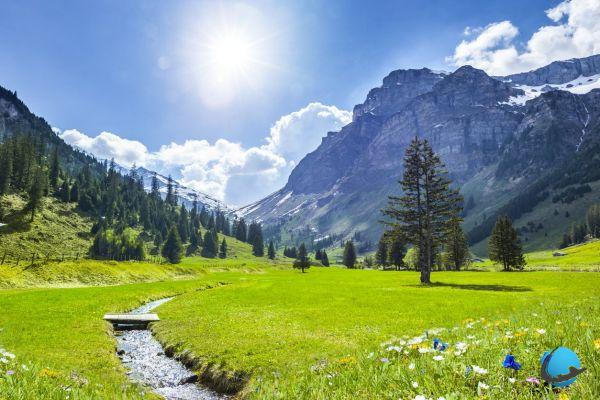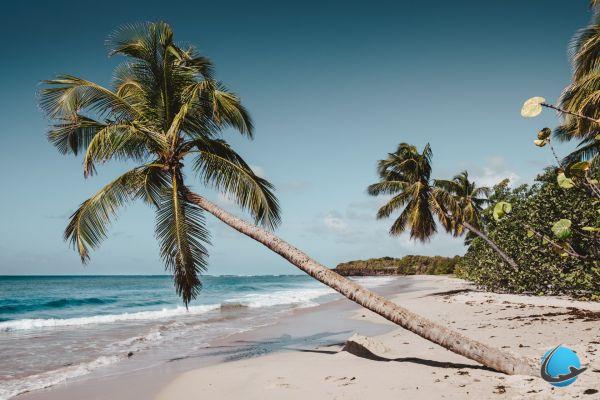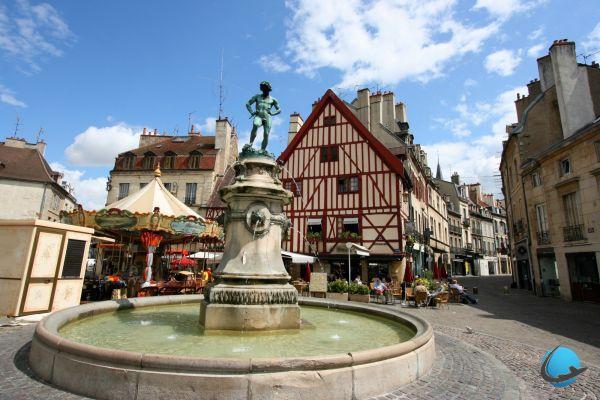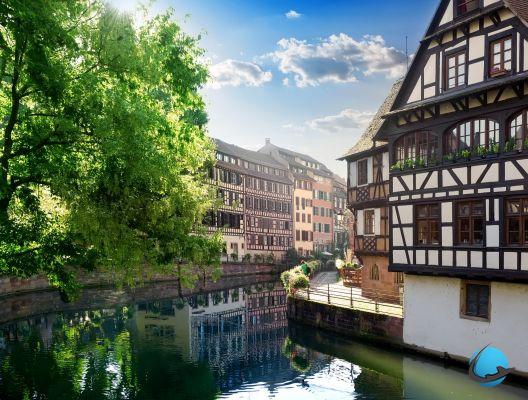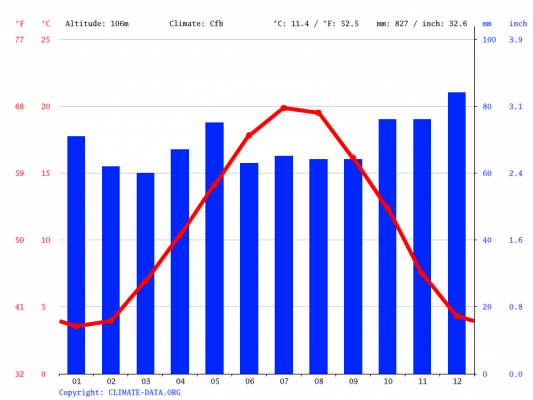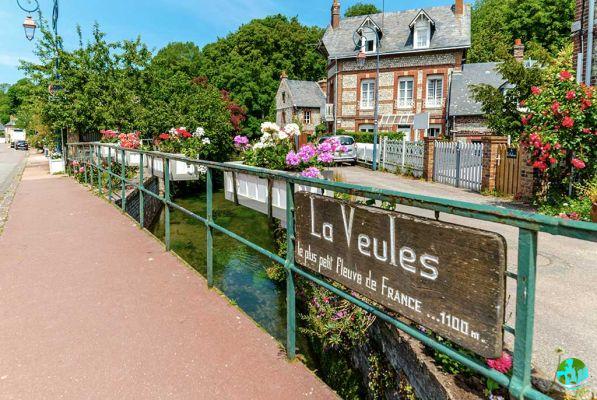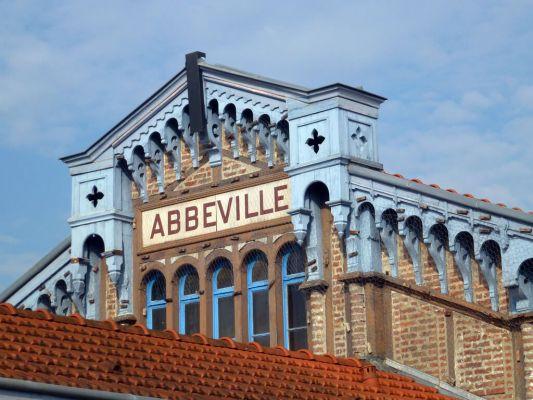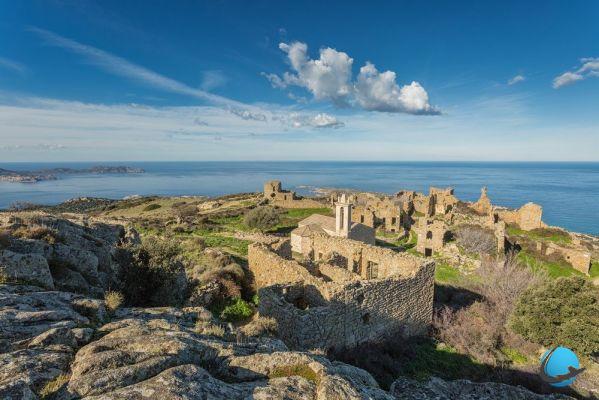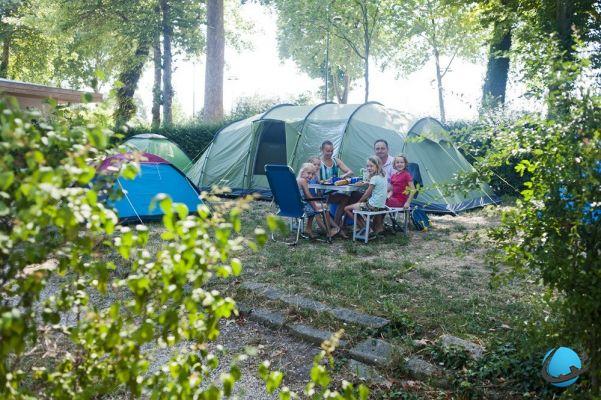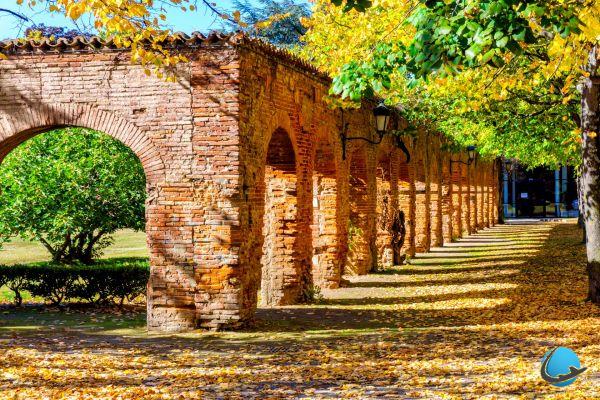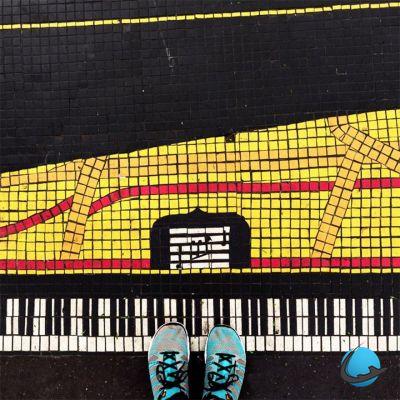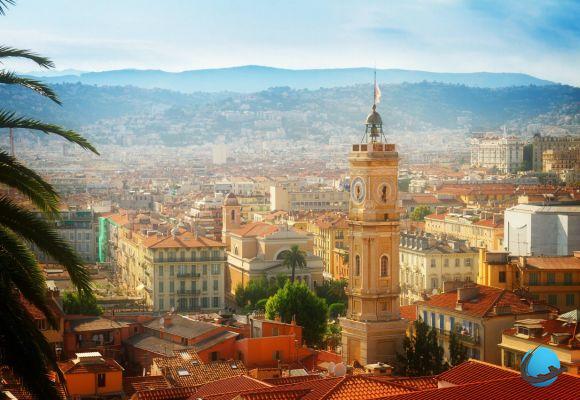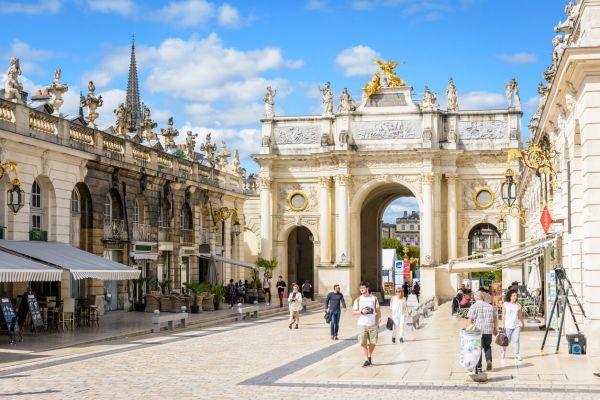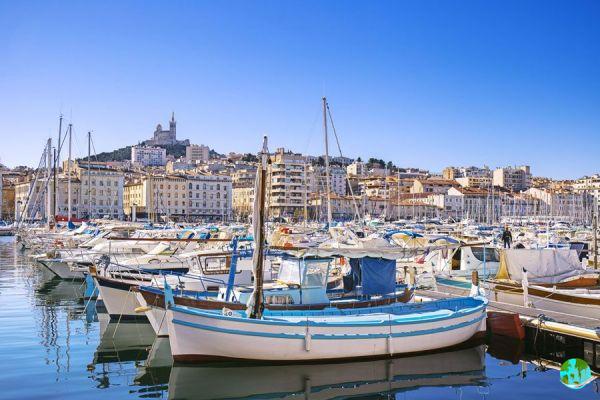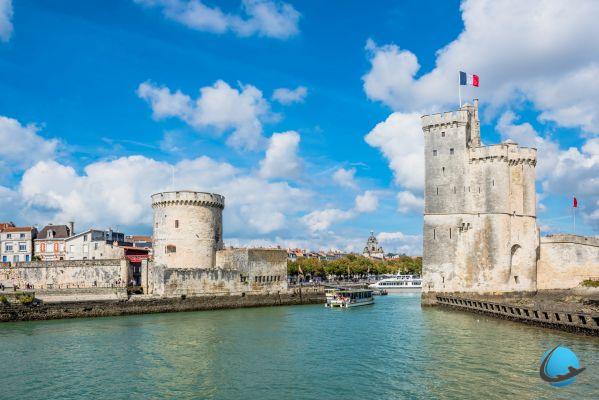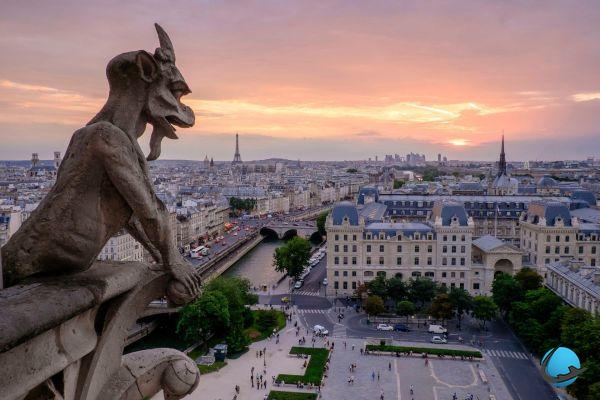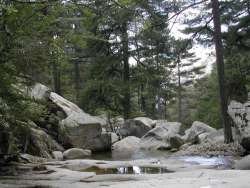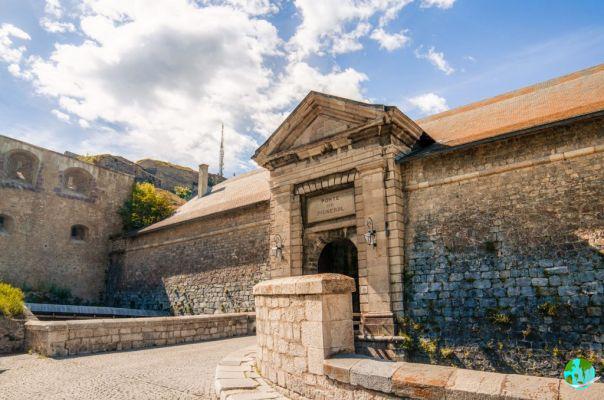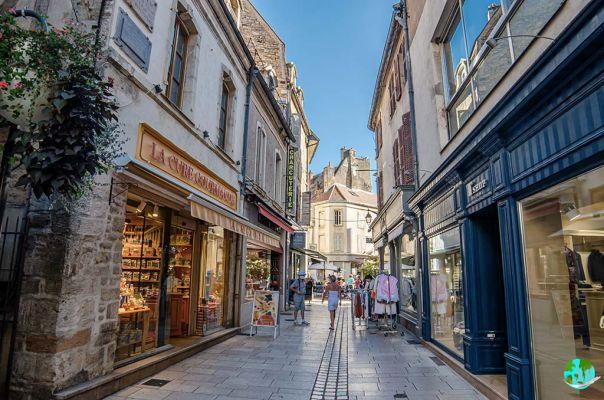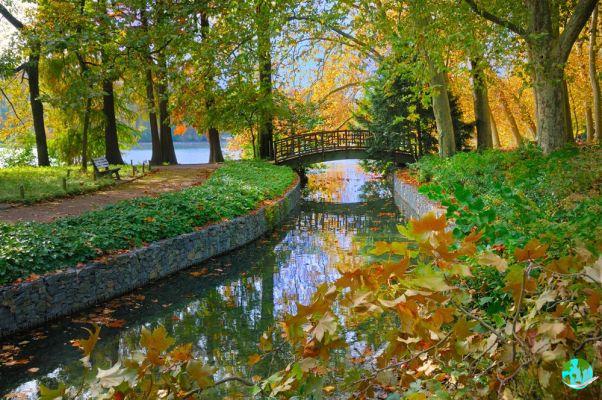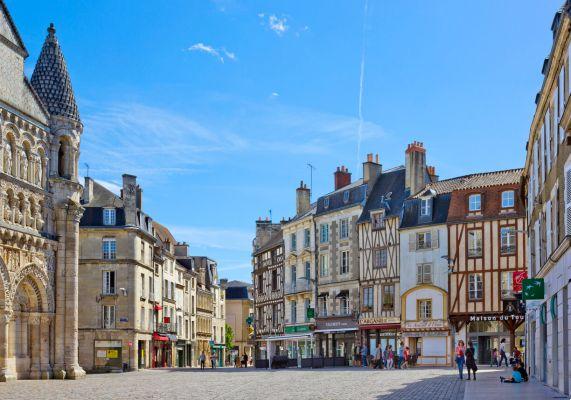Despite my many visits to the region, I have never spoken to you about the Champagne region and in particular its treasure, the Champagne cellars. Champagne is one of the most famous French dishes in the world, a drink which is exported all over the world and which, because of its Appellation d'Origine Controlée, can only be produced in a very small region of France, and not anywhere!
In this article I will tell you more about Champagne but especially about the famous Champagne cellars, essentially located in a Reims – Epernay – Château Thierry triangle.
We will end this article with advice on booking a visit to a Champagne cellar.
- Where to visit a Champagne cellar?
- Which Champagne cellars to visit?
- Book a visit to a Champagne cellar
- Procedure and advice on visits to Champagne cellars
Where to visit a Champagne cellar?
You are not unaware that Champagne is a Controlled Designation of Origin, this means, among other things, that the places of cultivation of the grapes used in the manufacture of Champagne as well as the places of the stages of its manufacture are controlled. This amounts to saying that it is only possible to make Champagne in certain very specific regions.
These wine regions are present in 3 departments: La Marne, Aisne and Aube. Note that some plots are located in Seine-et-Marne.
It is common to say that the capital of Champagne is Epernay. There are indeed many Champagne houses there, but the cities of Reims and Châlon-en-Champagne also have many. There are approximately 80 Champagne houses spread over these 3 departments.
Let's see, with the map below, where the regions of Champagne are located, there are 6 of them.
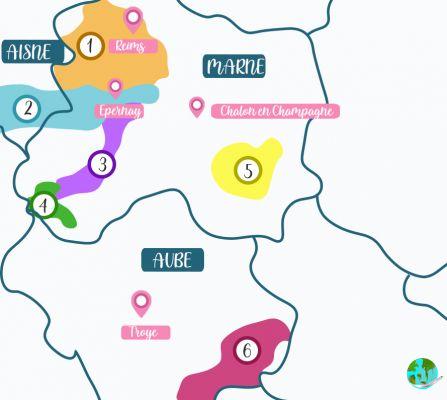
- The mountain of Reims (1): with, of course, the city of Reims and its Champagne houses like the Pommery house, the Taittinger house or the Ruinart house.
- Marne Valley (2): with in particular the city of Epernay and some of the most famous Champagne houses in the world such as the house of Castellane or that of Moët et Chandon.
- White Coast (3): located south of Epernay, it is here that we find the Bollinger or Deutz houses.
- Coast of Sézanne (4): in the south-west of the Marne department, there are the houses of Bernard Remy, Vincent Joubart and even Pierre Jamain.
- Vitry-le-Francois (5): located to the east of the Marne, there is the domain of Chalaide and that of Pierre Mignon.
- Coast of Bars (6): located south of the Aube on the border with Haute-Marne and the Côte d'Or, it is one of the last wine regions to have been attached to the Champagne wine region.
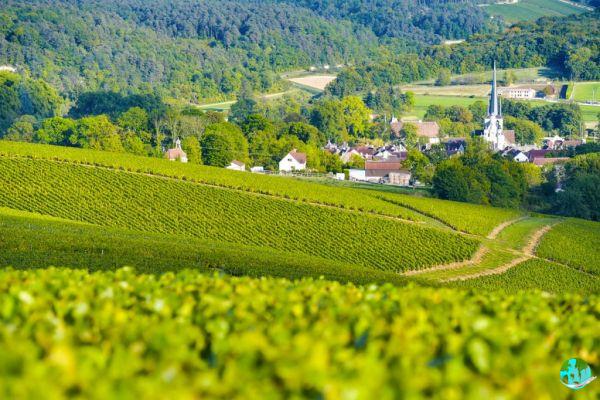
Why is the Champagne wine region so restricted?
One may wonder why the regions of Champagne are delimited in this way and above all, why only in this region of France.Not being an expert on the subject, we will opt for the simplified version of the explanation.
The main reason lies in the soil of the region. Limestone soil conducive to the cultivation of vines but also to the conservation of Champagne.
If you choose to visit a Champagne cellar, you will be surprised by the immensity of the galleries dug into the ground. These galleries have the enormous advantage of allowing conservation in ideal conditions. Some Champagne houses, such as the Pommery house, store their bottles inside a veritable labyrinth of more than 18 km of galleries.
Other factors explain the choice of these wine regions, in particular the famous "coast", which, thanks to its inclination, offers ideal exposure to the sun.
For more information on the making of Champagne, I recommend this article.
Which Champagne houses to visit?
Now that you better locate the different regions of Champagne, let's move on to the Champagne houses.
Here are the main Champagne houses that you will be able to visit.
Which Champagne cellars to visit?
- Pommery House
- Taittinger House
- Moët & Chandon House
- Mercier House
- Veuve Clicquot House
- Mumm House
- Ruinart House
Pommery House
It is one of the most renowned Champagne houses in the region. Located in Reims, not far from the cathedral, the Pommery house impresses with the Elizabethan architecture of its buildings.
Once you enter the main building, you will access the cellars by an impressive staircase. At the bottom of it begins some 18 kilometers of gallery housing a total of nearly 20 million bottles of Champagne! The Pommery house is one of the Champagne houses to visit in Reims.
- Visit Henry Vasnier, 1 hour 30 – 45€
- Guided tour from the vine to the glass, 2 hours – 48€
- Free visit “Brut Royal” young lady and exhibition, 1 hour – 55€
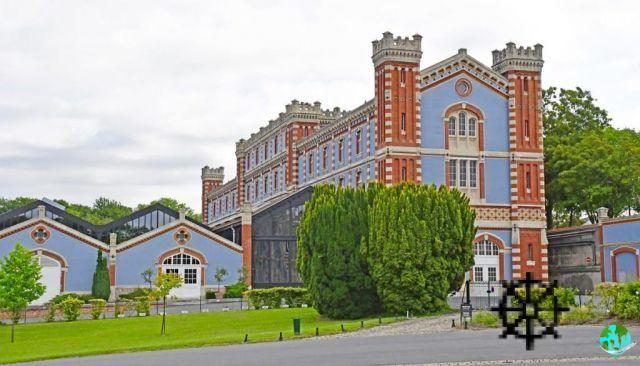
Taittinger House
Located on Place Saint-Nicaise in Reims, the Taittinger house is also one of the oldest Champagne houses in the region. It is also one of the largest and most beautiful. The cellar of this Champagne house, located in former Gallo-Roman chalk pits, is listed as a UNESCO World Heritage Site. This is where the treasure of the house is located, nearly 15 million bottles!
The know-how of the Taittinger house is renowned throughout the world.
Visits to the Taittinger house:
- The first moment, 1 hour – 25€
- The Rosé moment, 1 hour – 42€
- The vintage moment, 1 hour – 42€
- The prelude moment, 1 hour – 42€
- The signed moment, 1 hour – 56€
- Oh My Rosé, 1 hour – €63
- The moment of grace, 1 hour – 77€
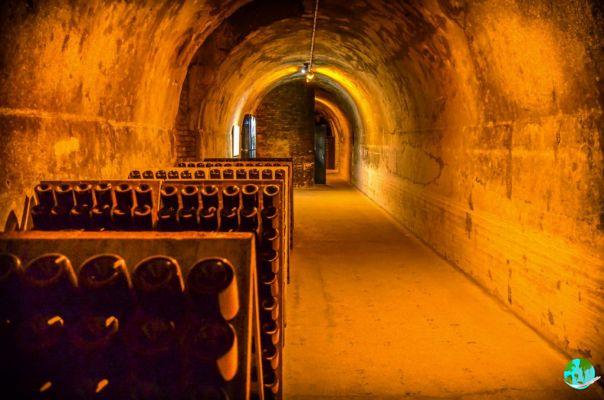
Moët & Chandon House
Certainly the Champagne of all superlatives. Located in Epernay, Moët & Chandon owns the largest wine estate in the region with 1 hectares of vines. After passing the statue of Dom Pérignon which sits proudly in the courtyard of the house, discover the largest cellars in the area with more than 190 km of corridors dug in the chalk. If you are passing through the Epernay region, then a visit to the Champagne cellar of Moët et Chandon is a must.
Visits to the Moët & Chandon house:- Iconic visit, 1 hour 30 – 26€
- Imperial visit, 1 hour – 35€
- Grand Vintage tour, 1 hour 30 mins – €47
Mercier House
Also located in the town of Epernay, the Mercier house is one of those internationally renowned Champagne houses. The visit to the Mercier house is one of the most original in more ways than one.
First of all, you will have the opportunity to visit the Champagne Mercier cellar by little train while enjoying an audio guide that will tell you the history of the house through part of the 18 kilometers of gallery.
The second originality of the house lies in the huge reception hall of the house or at least in what is there: a huge thunderbolt. A thunderbolt is a large barrel, but this one is a little special since it is the largest in the world. Everything is disproportionate when we talk about the Mercier cask: 20 tons, which can contain 200 bottles, 000 oaks of wood necessary for its construction and more than 150 years separate the first plans from the winemaking.
For the record, this thunderbolt was created for the Universal Exhibition in Paris in 1889. It then obtained second place in the ranking behind the Eiffel Tower.
- Visit of the founder, 1 hour – 15€
- Visit against the current, 1 hour – 20€
- Golden marbles visit, 1 hour 30 – 24€
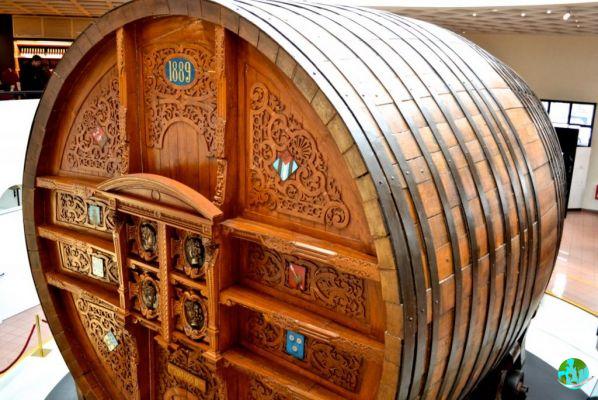
Source : Maisons-champagne.com
Veuve Clicquot House
The Veuve Clicquot house is above all the story of Barbe-Nicole Clicquot who, in 1805 after the death of her husband when she was only 28 years old, became the first woman to run a Champagne house.
Two centuries later, the Maison Veuve Clicquot produces nearly 22 million bottles a year, adorned with a yellow Gold label famous throughout the world.
- 2-hour White or Rosé tasting tour – €200
Mumm House
Although many Champagne houses export very well abroad, Mumm is certainly one that shines the most internationally.
Its white label decorated with a red cord is recognizable among all.
The Mumm wine estate extends over 218 hectares which allows the house to produce 8 million bottles a year.
Mumm offers different tours of their cellar and their museum, all accompanied by a tasting.
Note that on one of the plots of the Mumm estate, you will find the Verzenay mill, classified as a historical monument and built in 1818.
- The Mumm Cordon Rouge Experience – 23€
- The Discovery Experience – 29€
- The Grand Cru Experience – 42€
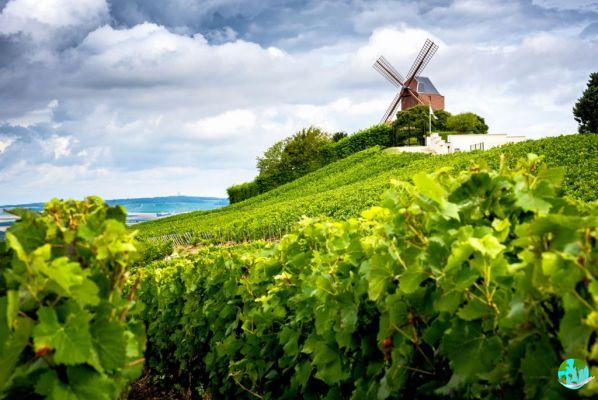
Source: Massimo Santi / Shutterstock.com
Ruinart House
Let's end with one of the most prestigious Champagne houses. With its characteristically shaped bottles, Ruinart represents the "must" of Champagne. An estate with a restricted surface area of around 17 hectares and, consequently, a bottle production much lower than other Champagne houses, around 3 million bottles per year, make Ruinart a prestigious brand.
Founded in 1729, the Ruinart house is considered to be the oldest Champagne house. It was the first to be listed as a UNESCO World Heritage Site before other houses such as Pommery, Veuve Clicquot and Taittinger joined it.
Located in Reims, the Ruinart cellars are among the most astonishing and impressive of Champagne cellars.
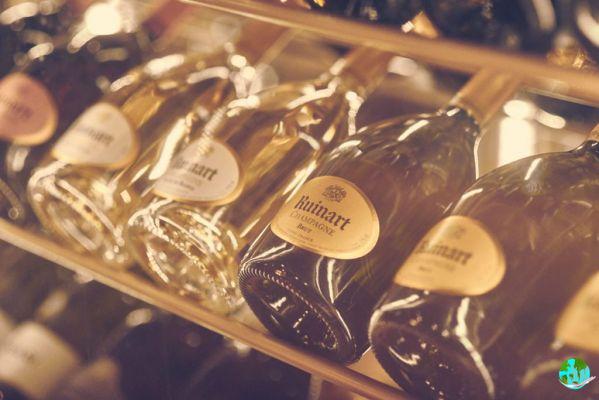
Source : Vasily Gureev / Shutterstock.com
Book a visit to a Champagne cellar
This section is dedicated to the different offers that exist to visit a Champagne cellar.
Book a guided tour of a Champagne cellar only
The easiest way to book your visit to a Champagne cellar is to go through the RueDesVignerons.com site, a site specializing in booking visits to wineries and cellars throughout France.
You will find the vast majority of Champagne Houses in the Reims and Epernay region there.
Visit a Champagne cellar from Reims or Epernay
There are various tours of Champagne Houses departing from Reims. The visits include transport to the Champagne House as well as the guided tour.
A visit, more or less detailed, of the city of Reims can also be added to the visit of a cellar.
This type of offer is available for Maison Taittinger, Maison Moët & Chandon and Maison Mercier.
Visit a Champagne cellar from Paris
You can also opt for a visit to the main Champagne cellars from Paris. An all-inclusive day, with transport and guided tours of Champagne Houses as well as lunch.
Procedure and advice on visits to Champagne cellars
The sequence of visits to the Champagne cellars remains almost identical from one house to another, apart from a few details...
The visit generally begins with a small video of five to ten minutes which introduces you to the Champagne House, its origins, its history. The video highlights the historical side and the know-how of the House. This video is a good way to set the context of the visit, although a bit too commercial at times.
The rest of the visit is guided.
Let's get to the heart of the matter, once this step is over, you will descend into the cellars and can begin the actual visit. In most cellars, the guide will show you a painting or a work of art supposed to represent the Champagne House, he will explain this work to you in connection with the history of the place. You will discover the secrets of Champagne making, from growing vines in the region to bottling. It is really this point that is the most interesting because it explains in detail the different stages of the production of this very special wine. You will necessarily pass through a place that is common to all the cellars: the reserve of grands crus and its wines, some of which date back more than fifty years. Of great value, not in taste, but rather in memory because it is too old! During your visit, the guide will also detail the different formats of Champagne bottles, from the simple bottle to the Salmanazar and the Jeroboam.
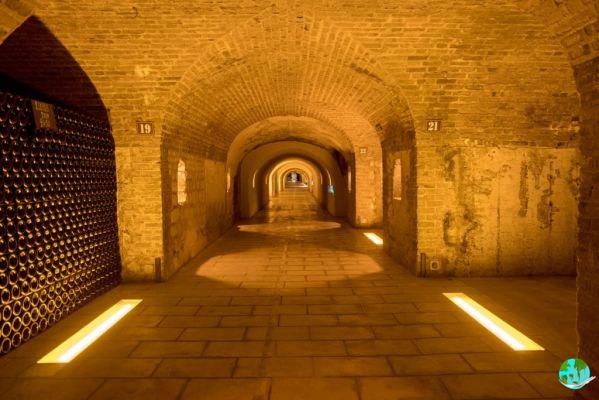
Source : Meandering Trail Media / Shutterstock.com
The visits end in all the Champagne Houses with the same stage, generally the most pleasant for the visitor: the Tasting! Depending on the formula you have reserved, you will be entitled to taste a glass of Brut Réserve, a Grand Cru or a Rosé (allow 15 to 50€ depending on the formula chosen, visit included).
Which Champagne houses to visit?
Having visited several great Champagne Houses during my visits to Reims, I can only advise you to visit the caves Mumm.
The lighting effects in the cellars are quite well done but above all, the visit ends with a visit to a small museum which presents the various tools, machines and utensils used at the time for the harvesting and production of Champagne.
The caves Pommery are also worth a detour, here too the play of light is very pleasant and the House regularly presents temporary exhibitions inside the cellars themselves. This adds an extra charm to the visit.
The cellars of Taittinger and Moet & Chandon are also part of the particularly pleasant and instructive visits that I recommend.
For the visit of the cellars, I advise you (even in summer), to cover yourself with a sweater or a jacket. Indeed, underground, the temperature remains constant and is around 12°C.
Be careful if you are driving after your visit. Champagne tasting should not be abused, alcohol abuse is dangerous for your health, consume in moderation.




